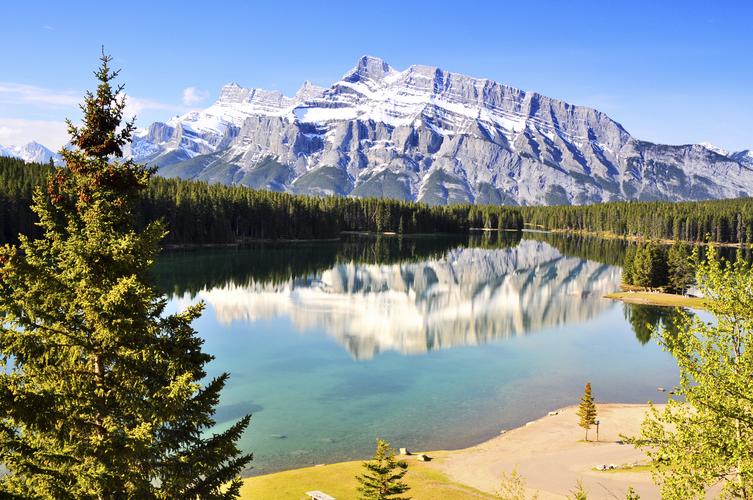The Battle Between Local Culture Vs Popular Culture: Understanding the Differences
Culture has always been a part of human life, manifesting in different forms across various regions of the world. Every culture is unique, reflecting the beliefs, attitudes, customs, and practices of people in specific geographical locations. However, with the advent of globalization and modernization, traditional local cultures have had to compete with popular cultures that are being spread through media and technology on a global scale. This often leads to a battle between local culture vs popular culture, leaving people wondering which one to embrace and how to strike a balance between the two.
Understanding Local Culture
Local culture refers to the traditions, customs, beliefs, and practices that are specific to a particular region and often handed down from generation to generation. In many cases, local culture has been shaped by geographical, historical, and social influences, resulting in unique and distinct forms of art, music, dance, cuisine, clothing, and architecture. Local culture is deeply rooted in the community, and its preservation is essential to maintain the identity and heritage of a people.
Understanding Popular Culture
On the other hand, popular culture refers to the media-driven trends that have gained global acceptance in the 21st century. Popular culture embraces everything from music, films, fashion, technology, and social media to memes and viral videos. The spread of popular culture is aided by technology, particularly social media networks, which have made it possible for people to adopt new behaviors and customs from other parts of the world. Popular culture is often regarded as universal and transient, and it has the power to influence and shape the beliefs and worldview of individuals and societies.
The Battle Between Local Culture Vs Popular Culture
The conflict between local culture vs popular culture can be attributed to several factors, including the global spread of westernization and the impact of modern technology. Globalization has led to the homogenization of cultures, with local traditions being overshadowed by popular culture trends that encourage conformity rather than individuality. For instance, traditional clothing has been replaced by western-style clothing, and local music has been replaced by pop music from other parts of the world.
The impact of modern technology has also led to a shift in the way we consume culture. Social media platforms have made it easy for people to access and share popular culture trends, leading to the erosion of traditional values and beliefs. As a result, local culture is becoming less valued, and there is a growing disconnect between individuals and their communities. In some cases, local cultures are dying out completely, a phenomenon known as cultural extinction.
Finding a Balance
The battle between local culture vs popular culture is not definitive. It is possible to find a balance between the two, emphasizing the importance of preserving local culture while embracing the benefits of popular culture. One way of achieving this balance is by understanding local culture and recognizing its significance in the community. This can be done by attending cultural events, participating in local traditions, and supporting local artisans and businesses.
Additionally, individuals can use technology to promote and preserve local cultures. Social media platforms can be used to showcase traditional art, music, and dance, and local communities can collaborate to create online platforms that celebrate their culture. By doing so, we can preserve our cultural heritage while also adopting elements of popular culture that align with our values and beliefs.
Conclusion
The battle between local culture vs popular culture is not a black-and-white issue. It is a complex and ever-evolving conversation that requires a nuanced approach. While global trends such as popular culture can be exciting and alluring, it is important to recognize the significance of local culture in maintaining our unique identities and communities. It is possible to find a balance between the two, one that allows us to celebrate our traditions while embracing new ideas and practices from around the world. By doing so, we can create a world that is more diverse, inclusive, and culturally rich.
(Note: Do you have knowledge or insights to share? Unlock new opportunities and expand your reach by joining our authors team. Click Registration to join us and share your expertise with our readers.)
Speech tips:
Please note that any statements involving politics will not be approved.
